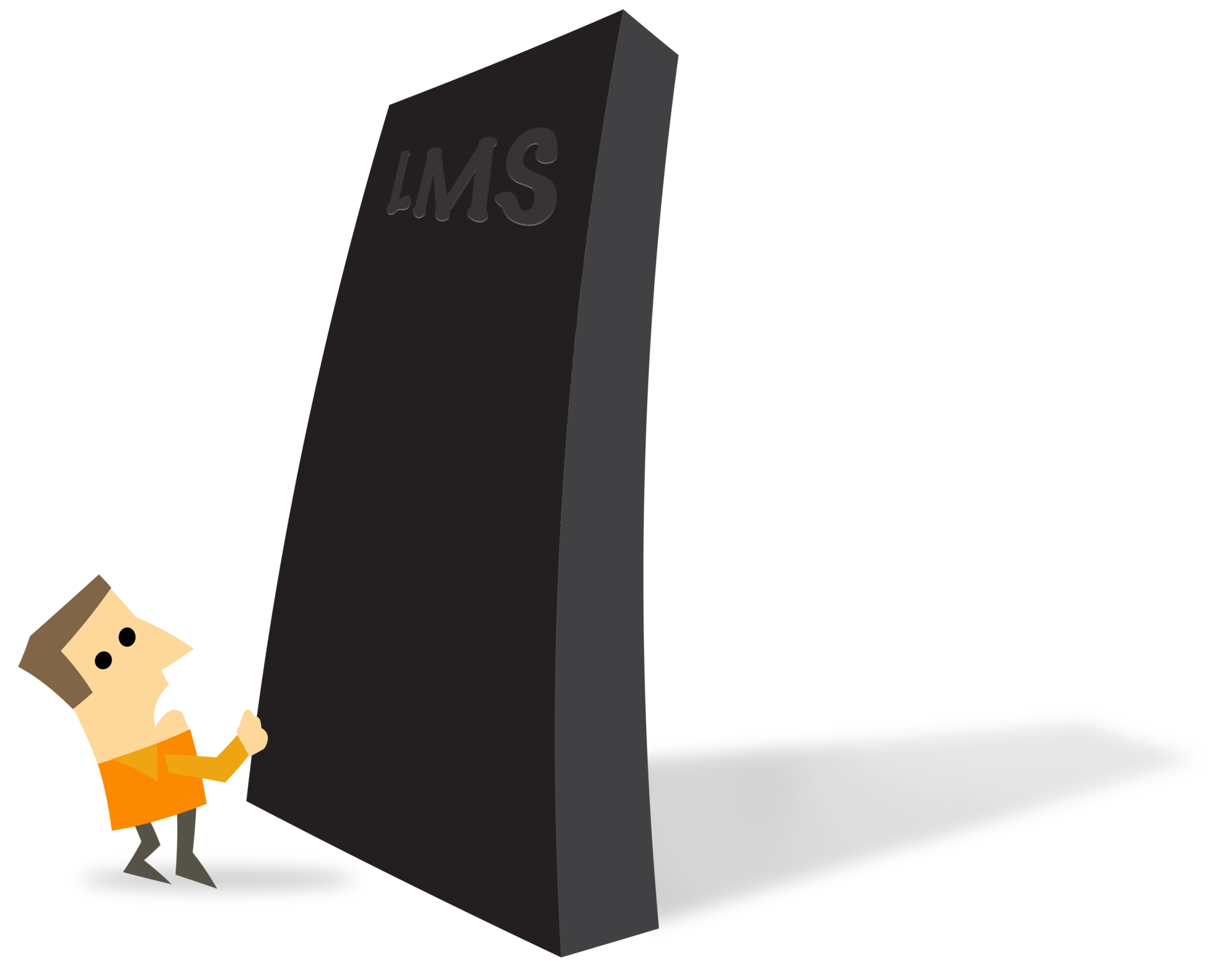
Do you really need a Learning Management System?
The issue of improving employee careers and transforming corporate learning has emerged as one of the top trends in human resources. Traditional learning management systems (LMS’s) are being complemented with, and even replaced by, a wide range of new technologies for content curation, delivery, video distribution, and mobile use. As the capabilities of traditional LMS’s fall behind, companies’ ability to keep up with employees’ demands for learning and career growth has dropped.1
Traditional learning management systems tend to be expensive, big, difficult to use, don’t scale easily, require IT and dedicated resources, and they are unable to quickly adapt to new delivery platforms. They simply can’t keep up with the pace of business today or with needs expressed by employees. Learners often view corporate training systems as cumbersome and old, and seek learning resources on the internet outside of approved company sources.
Millennial Employees
For millennial employees— the largest segment of the workforce as of 2015 at over 33%2—the ability to learn and progress is the key driver of a company’s employment brand.3 Currently, only one-third of Millennials believe their organizations are meeting their learning needs, and 42 percent say they are likely to leave their current positions because they are not learning fast enough.4
Microlearning
The term “microlearning” has been used to describe a fundamental change in the way learning content is delivered and consumed, and it is part of the answer to what employees want—smaller bursts of relevant learning content that is available when and where they need it. Learning management systems just aren’t designed to provide that type of immediate experience to learners. Over a given week research5 shows that employees spend about 1 percent of their time on learning. That’s less than 30 minutes a week, typically five or ten minutes here or there, and only occasionally 30-minutes or longer to sit down and go through a course.
More Responsive Solutions
In order to fulfill the needs of learners, many companies are turning to quicker, more responsive solutions that make it easier to deliver highly targeted training content. Cloud-based SaaS (Software as a Service) and PaaS (Platform as a Service) solutions can often be implemented without dedicated resources, especially costly internal IT support. The best of the new solutions—such as CloserConnect—not only allow learners to access content using their mobile devices, they also allow team members that manage training to add content and to create training delivery pages using a mobile device—a truly “deskless” solution.
Leading organizations are paying attention to the rapid transformation taking place in learning and development. Companies that provide continuous learning opportunities and a deeply embedded culture of development consistently outperform their peers.6
1Global Human Capital Trends, Deloitte, 2017.
2Pew Research Center, 2015
3Bersin by Deloitte proprietary research with Glassdoor.
4Christie Smith and Stephanie Turner, The Millennial majority is transforming your culture, Deloitte, 2016.
5CB Insights 2017, HR Technology Disruptions for 2017, Deloitte, 2017.
6Dani Johnson, The career management framework, Bersin by Deloitte, 2016.

Recent Comments